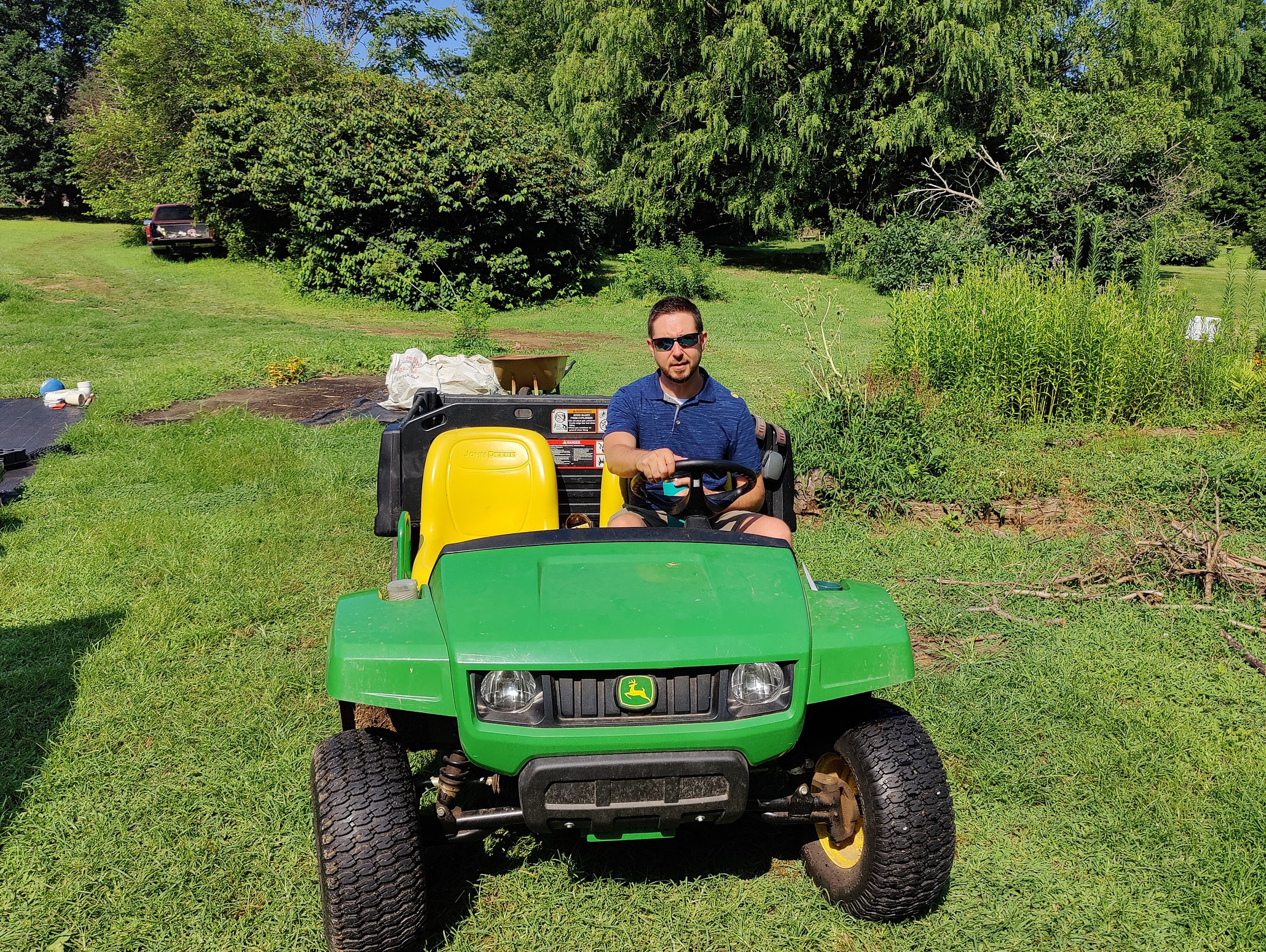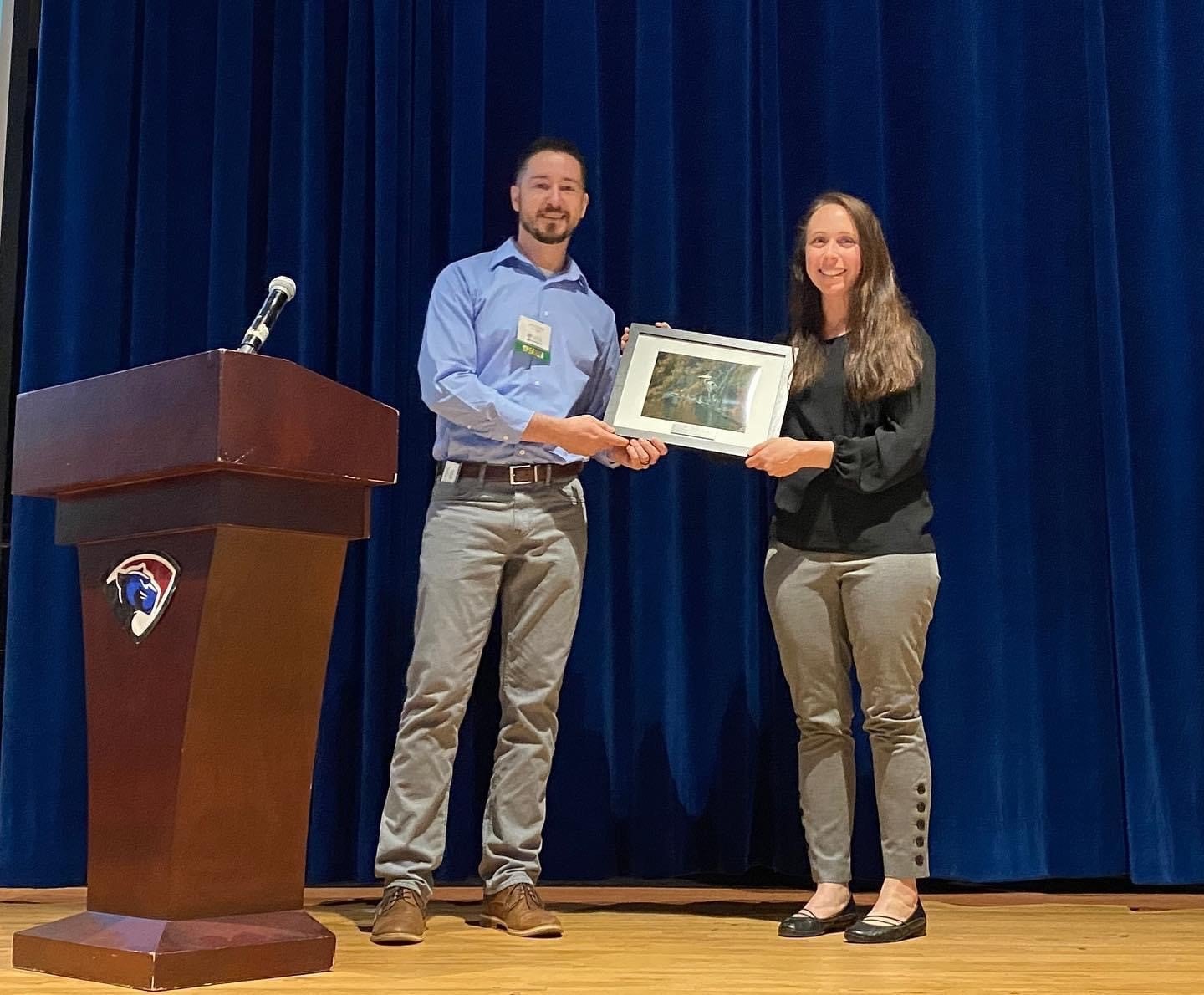Last week the WSA staff team enjoyed a staff development day by exploring a local native nursery, touring the Captain Avery Museum, and even took some time to play games and do a craft together. We started our day bright and early before the heat of the sun could do us in by traveling down to Friendship, Maryland for a tour of Bona Terra Native Plant Nursery.
Jeremy Tidd, owner of Bona Terra, showed us his incredible operation which focuses on best environmental practices using organic and compost-based fertilizers and without the use of pesticides, herbicides, or growth hormones all in recycled pots! One of the most fascinating things Jeremy showed us was his peat-free soil and fertilizer made from invasive plants and fish! We were lucky enough to take home a few seedlings for our gardens! Jeremy has an ambitious goal of giving away 1,000,000 native plants this year so please visit his website and schedule your visit with him. You will not be disappointed.
After our nursery tour, we headed to the Captain Avery Museum in Shady Side where we had a delicious lunch from South County Café and made Jellyfish terrariums! Our Director of Restoration, Jeff Popp led us through this creative craft project and each jellyfish turned out unique and beautiful.



We finished up the day with a rousing game of Head’s Up! curated by our Community Engagement Specialist, Terryl. Terryl made our game completely environmentally focused which he named the “Chesapeake Challenge.” I have to say, MOST of us did pretty well!
Thank you to Bona Terra Native Nursery and the Captain Avery Museum for hosting us! We had a fantastic day filled with knowledge, inspiration, and lots of laughs!


















